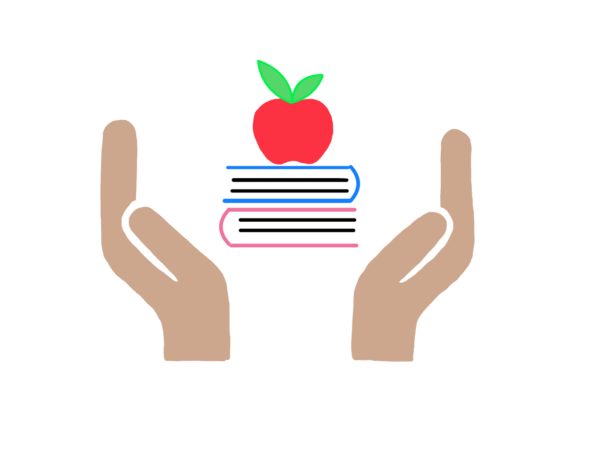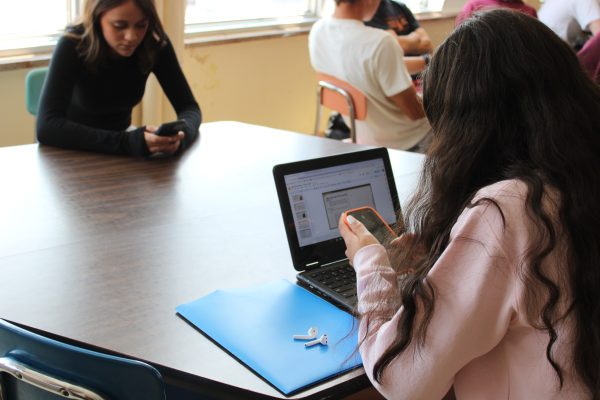Time needed for testing
January 11, 2022
In past years, finals days have always had a block schedule in order to extend the amount of time students have to work on exams and projects. Block scheduling consists of all seven periods being split into two days, odd periods on one day, even periods on the other. With this schedule, all periods are extended to an hour and a half rather than 45 minutes. This allows teachers and students to have enough time to take exams and do projects while also keeping students from having all finals in one day. However, this year the administration has decided to stick to the normal seven period schedule on those days.
Although I understand that the seven period schedule is good for those who have several classes not holding finals, it takes away the time that is needed for the classes that do. In my experience, the block schedule is needed to ensure that I will have enough time to complete my final exams before the next class.
The extended class time also allows time for students to work with teachers if they need extra help or need to catch up on past assignments before the semester ends. Additionally, for students who have testing accommodations, a longer class period is needed so that they can complete their test in their allotted time without having to be late to their next class.
Block schedules also offer the added benefit of having a limit to the amount of tests students can have in a day. Because the block schedule has odd periods on one day, and even periods on the next day, the maximum number of tests possible in one school day is four. This not only helps students resist being burnt out part way through the day, but also allows students to be able to study for some tests one night, and some the next, rather than trying to cram all studying into one night.
Although there are some benefits to the typical seven period schedule on finals days, I feel that the block scheduling is crucial to the overall mental health of the students.









